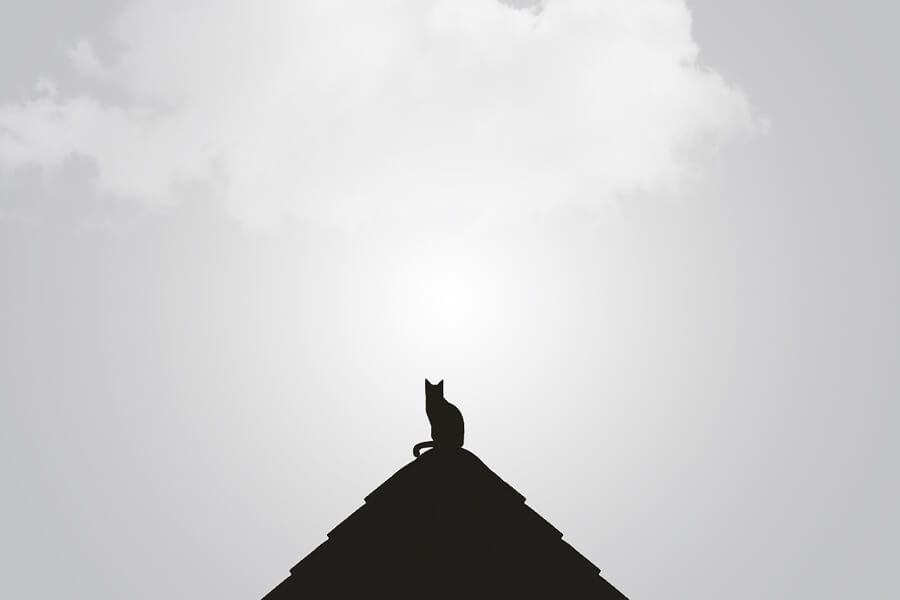
Introduction to DNA replication & protein synthesis
DNA replication and protein synthesis is a core JC1 topic in H2 BIO A levels. This topic examines DNA as one of the many types of biomolecules. In addition, we learn the process of how DNA replication occurs as well as how subsequently genes undergo transcription which produces mRNA. And the translation of mRNA forming proteins.
Materials for DNA replication & protein synthesis

- 👆🏻 video describing the process of DNA replication.
- A video tracing DNA replication.
- The process of Transcription & Translation in a video.
- Download diagrams (high resolution) – FREE!
- Purchase notes (including phrasing error corrections & review question solutions) for DNA replication & protein synthesis.
- BUY FULL pre-recorded class ⌲ includes 2 videos, 1 concept map, 1 set of notes.
Phrasing errors
- Leading and lagging strand synthesis occurs in opposite directions. In the leading strand, DNA synthesis occurs in the 5′ to 3′ direction, while in the lagging strand, DNA synthesis occurs in the 3′ to 5′ direction.
- Non-coding genes.
- Only mRNA is a product of transcription.
- A base/mRNA/gene codes for an amino acid.
- DNA/amino acids/genetic sequence is degenerate.
- DNA polymerase transcribe the second DNA strand.
- rRNA genes code for proteins that make up the ribosome.
- RNA transcription occurs first then translation of proteins next.
- DNA replication and transcription both occur in the 5′ to 3′ direction.
- Both parental strands act as template for synthesis of a daughter strand.
- Formation of 2 new DNA molecules consisting of 1 parental strand and 1 daughter strand.
- Deletion of a codon results in loss of phenyalanine production/gene lacking the amino acid.
- In translation, release factor binds to stop codon which will result in hydrolysis of the peptide.
- Consumption of GTP occurs in translation (for the translocation of ribosomes) but not in transcription and replication.
Exam tips
- 1 DNA molecule is comprises 2 DNA strands.
- There is a difference between DNA unzip and unwind.
- There is a difference between base (nitrogenous), nucleotide, nucleoside (less frequently used).
- n DNA replication, each of the 2 strands acts as a template. In transcription, only 1 strand acts as template.
- he triplet of 3 bases that forms the genetic code is known as the base triplet code in DNA, Codon in mRNA, Anti-codon in tRNA.
- he primers used in DNA replication in cells are made up of RNA nucleotides. The primers in PCR are made up of DNA nucleotides.





